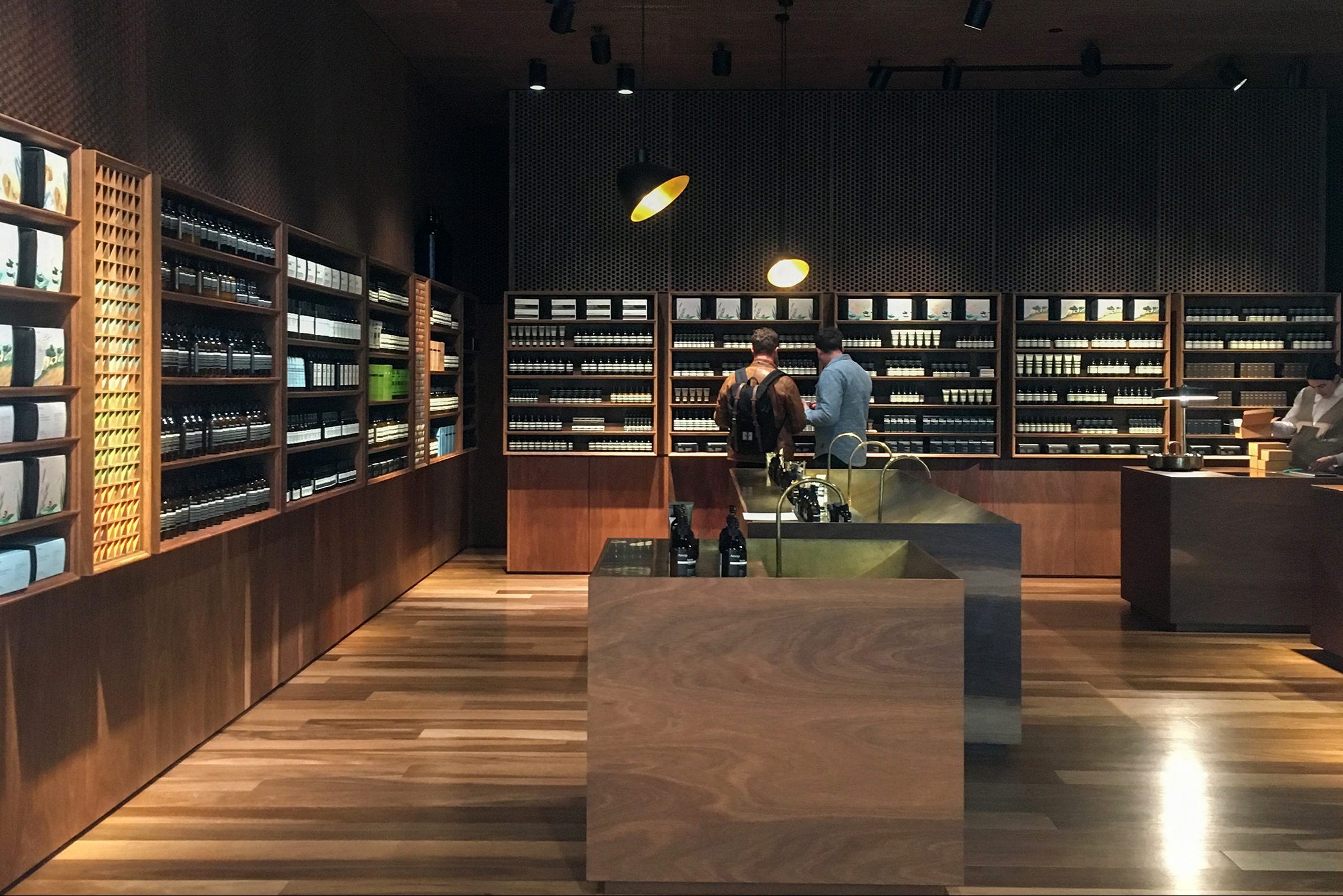Is your customer experience aligned with your brand promise?
Imagine for a moment you are shopping on Fifth Avenue in New York. (Let’s also imagine you are very wealthy.) There is a Louis Vuitton store, Gucci, Chanel, and Burberry all in a row. You enter your favourite fashion house and are not greeted with a smile. No ‘hello’ or ‘how can I help?’.
Surprised? Probably not. Many expect haughty sales staff to go along with posh brands. A 2014 study found that rude staff increased customers’ desires to own the luxury goods on offer, by creating a sense of exclusivity.
If Prada instead started offering coupons and 2-for-1 deals, the customer experience and brand strategy would certainly be misaligned.
Every touchpoint is an opportunity to strengthen relationships with customers, which should ultimately support the brand strategy to cement emotional associations, brand preference and customer retention.
ALIGNING YOUR CUSTOMER EXPERIENCE AND BRAND STRATEGY
1. How does customer experience support your brand proposition?
Last month we explored single-minded propositions as the core of a brand position and the driver behind a brand strategy. These are sometimes known as the brand promise, mission and vision or truth statement.
This is a great starting point to audit the relationship between the brand and the experience. For example, Aesop offers “skin, hair and body care formulations created with meticulous attention to detail, and with efficacy and sensory pleasure in mind.”
The in-store experience for Aesop embodies “meticulous attention to detail” and “sensory pleasure”, with perfectly lined shelves with identical bottles, handwashing stations, strategic lighting and mix of textural elements like wood and stone. The online shopping experience follows the same themes, offering neutral tones and soothing sliding actions for menus and products.
2. Which brand messages are reflective of the customer experience expectation?
“If brand experience is about making promises, customer experience is about keeping them.” Marketing messages are key touchpoints to communicate the brand, but they must be backed by customer experiences that meet, and even exceed, the expectation.
Spotify, whose “mission is to unlock the potential of human creativity”, advertises a creative and engaging music streaming platform. Since 2016, the brand has captured attention for their witty data-driven billboards which highlights Spotify’s cultural relevance, creativity and intelligence.
Upon logging into the platform, the experience lives up to that expectation. Witty playlist names, a limitless library of music and podcasts, and personalised content (such as the ever-popular end-of-year ‘Wrapped’ playlist) creates a user experience that lives up to the expectation set by Spotify’s advertising.
3. What touchpoints are critical in your customers’ journey?
To identify further misalignment, examine the key triggers and touchpoints as customers engage with your brand. Online comparison sites, social media and word-of-mouth are often critical in forming brand perceptions, but are out of brands’ control.
One strategy is to take control by leveraging influencer and user-generated content on social media to create buzz. Koh cleaning products, which gained popularity on Instagram and Facebook, collaborated with influencers to promote the product to highlight its mission to “help you clean with less”. The videos allowed the products to speak for themselves, rather than rely on appealing packaging and competitive prices on a supermarket shelf (although it does help the minimal aesthetic is very Insta-friendly). Founder Adam Lindsay described the approach in an interview with the Sydney Morning Herald: “If you put our product on the shelves in Woolworths or Coles, people would think it was just another cleaning product. We show what it is about and we have the validation from customers on there.”
To audit the brand and customer experience, consider these three questions in the development of future marketing and customer retention strategies. Where possible, integrate marketing and operation teams to identify misalignment from a variety of perspectives. And when in doubt, return to the SMP.




